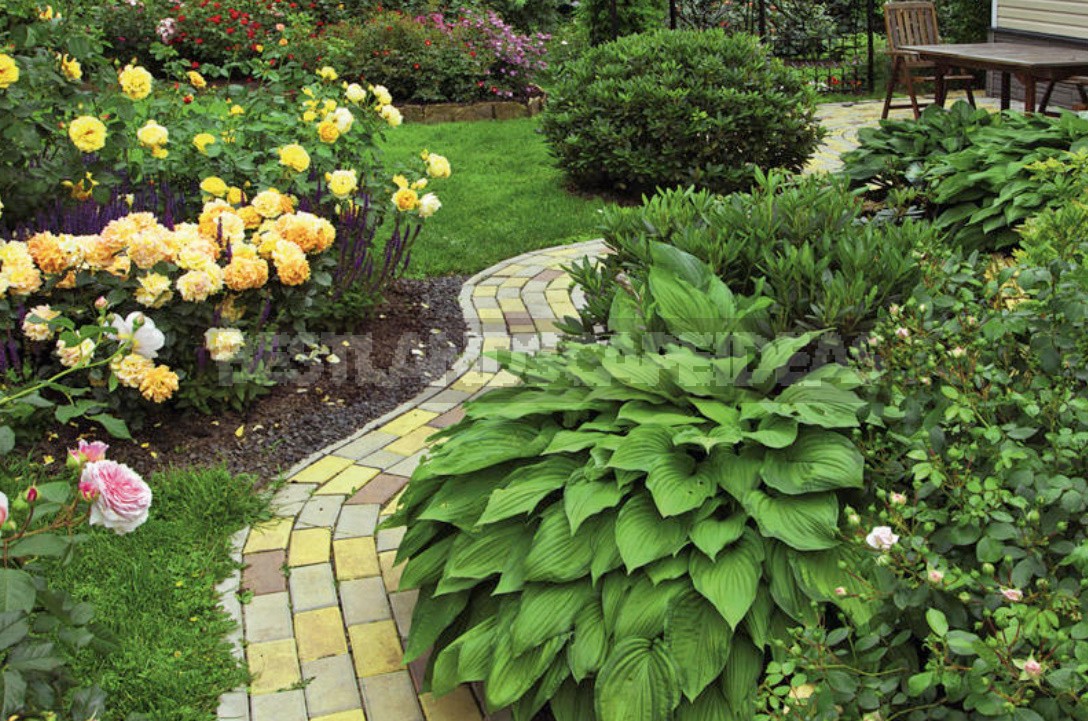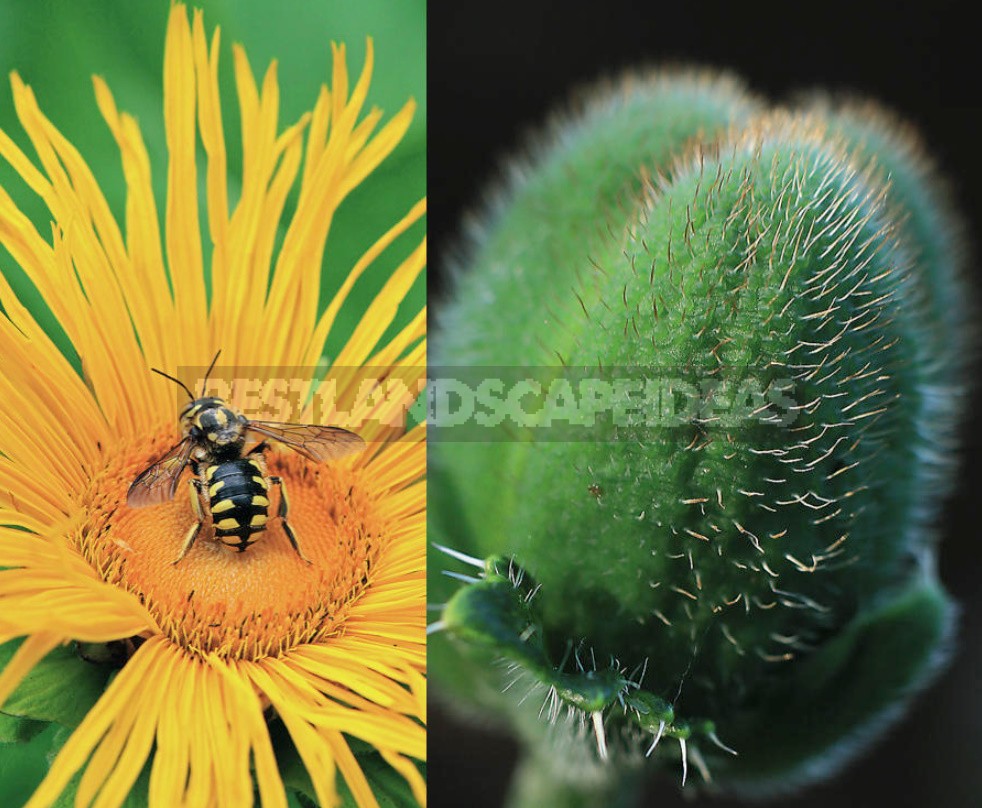
Today we have to comprehend the secrets and wisdom of focal lengths and find out what nuances of the frame depend on the right or wrong choice.
The camera lens is very important to get good and high-quality pictures. Focal length is one of the main characteristics of the lens. Each lens is a complex structure consisting of several lenses that focus the image on the photosensitive matrix of a digital camera. The distance between the matrix and the so-called main point inside the lens system is called the focal length.
The size of the focal length of the lens directly depends on the angle of view of the camera, as well as the fact how small or large the object to be shot will turn out.
There are lenses with constant fixed focal length and variable (so-called zooms). In accordance with the values of focal length lenses are divided into wide-angle (less than 35 mm), normal (35-70 mm) and long-focus (more than 70 mm).
Wide-angle lenses are commonly used for shooting garden landscapes, architecture and interiors.

But do not forget that when shooting with small focal lengths, the image at the edges of the frame will be distorted.
Normal lenses, allowing you to display the plot approximately as it sees the human eye, are used as universal, they are good at shooting both landscape and portrait, reportage shooting is good.

Long-focus lenses (especially telephoto lenses with long focal lengths) are used by photographers of wildlife and sporting events, although they can be used to shoot interesting subjects.

And fans of shooting insects, flower stamens and pistils prefer primarily macro lenses, giving the opportunity to look into the microcosm.

But the most important secret is that the change in focal length significantly affects the perspective transmitted in the picture. This can be seen in the photos presented, taken with lenses with a focal length of 20 mm (left) and 250 mm (right).

Pots with milkweed are located at a distance of 20 cm behind each other. However, in a picture taken with a wide-angle lens, this distance is quite obvious, while in another, made with long-focus optics, it seems that the pots are tightly drawn together. Hence the conclusion: wide-angle lenses visually “stretch” the perspective, enhancing the illusion of three-dimensional image, forcing the viewer to appear as if inside the scene being shot. In turn, telephoto lenses, on the contrary, “compress” the space, making the picture more flat. All this should be taken into account when choosing lenses for a particular task of garden shooting.
Note to photographers:
The focal length values indicated on the lenses cannot be taken literally, without taking into account the size of the camera’s photosensitive matrix. The fact that focal lengths are always specified based on a full-size matrix (24 x 36 mm), corresponding to the size of the film frame. But not all cameras have such sensors, many budget cameras, and even more so, compact, have a smaller matrix. Therefore, to find out the real (as they say, effective) focal length of your photosystem, you need to multiply the values of the focal length of the lens by a special factor (crop factor), which is useful to know. So, for many budget SLR cameras, this ratio is approximately 1.6, so a 30 mm wide angle on such a camera will turn into a normal 50 mm lens.




Leave a Reply